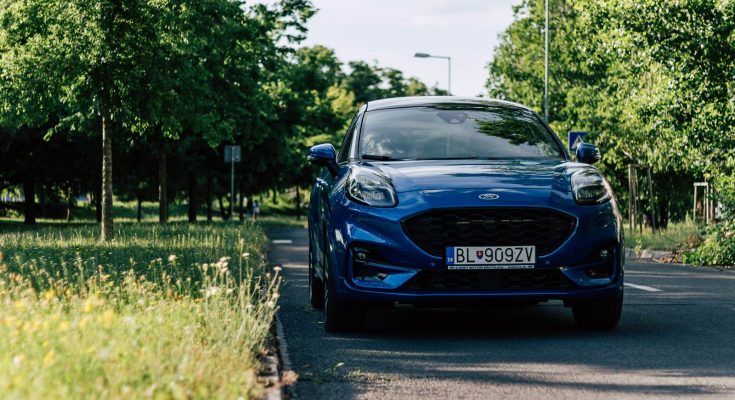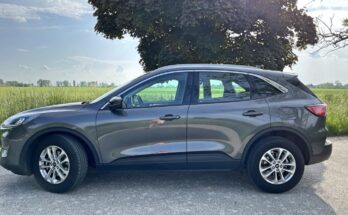Have you all seen the new Ford Puma yet?! For some of us "in our prime", the name Puma will always be associated with a two-door, front-wheel drive, compact sports car. However, new generations will already remember the bigger beast, used in the name of a compact SUV, which is still based on the Ford Fiesta platform.
It's kind of a sad fact, but small SUVs are one big trend right now. But Ford says the Puma isn't just an exercise in ticking off boxes for customers' special wishes, and shares some rare strands of feline DNA with its "predecessor". When the Puma was first introduced, the blue oval brand claimed it had "sharper than Fiesta" handling, tons of smart safety equipment and some great storage solutions. So let's take a look at her…
What does the new Puma look like?
Like the Fiesta baked in the oven with significantly more yeast in the dough. The design has a hint of a pubescent mini-Macan, decorated with a wavy shoulder line and an exaggerated rear. With its large rear spoiler, side skirts, black grille and honest tailpipe, the Puma looks great – especially from the rear three-quarter angle, it's very photogenic and likes to show off.
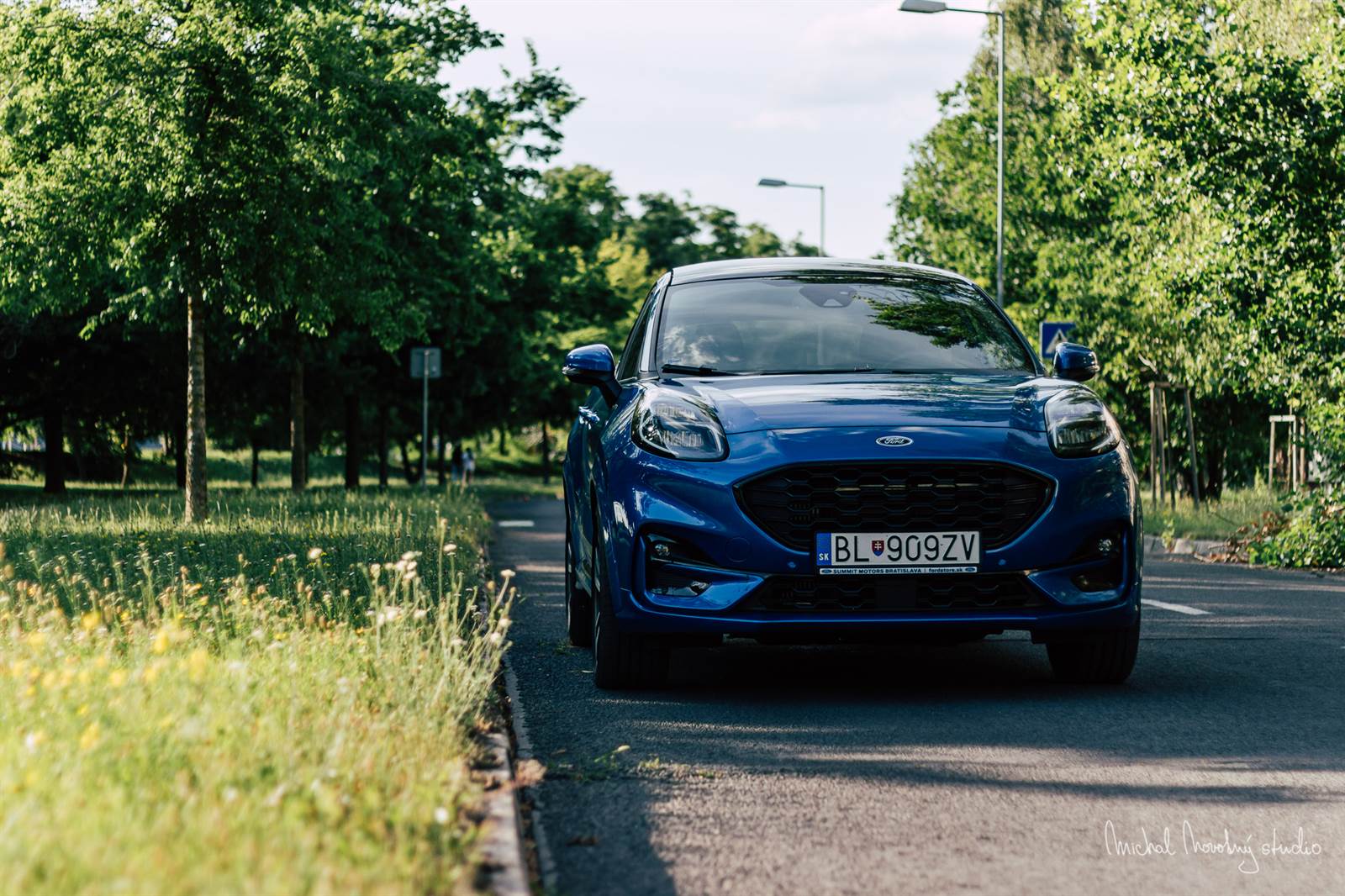
It's unbelievable that we were reminded of Porsche when we saw a small crossover from Ford – also because of the curved front hood and the visible edges of the lights in the driver's field of vision.
How does the new Puma drive?
Its somewhat raw, three-cylinder EcoBoost with a volume of 999 cc (and an output of 114 kW / 155 hp at 6000 rpm), whose pull will surprise many an uninterested passenger, is especially bursting with a wide range of usable revolutions. He managed to completely hide the turbo hole. But of course, he has a big helper for that. The engine has been modified with 48-volt mild-hybrid technology, where the battery-powered starter/generator can act as the driving element of the engine and thus supply a few tens of Nm of power to the drive system.

Ditching the alternator and replacing it with a belt-driven "integrated starter/generator" (BISG) has several advantages: from a simpler start/stop system to fuel savings. The best thing, however, is the just-mentioned increased performance and assistance in moving the small SUV.
The benefits are immediate, and the little three-cylinder engine has, with some exaggeration, the characteristics of a full-fledged V8 – at low revs it seems powerful enough to take you all day in top gear without hurting it. At mid-rpm, the larger turbo takes over, providing a decent chunk of power until you peak at around 6000rpm. / min, where the aforementioned hybrid system helps him.
The three-cylinder shakes just a little more than it should on summer days – for example, the competition from the country of the Gallic Rooster has solved this better. However, what the French can still envy is the six-speed manual gearbox, which invites interaction with its precise tracks. Gear shifting is clean, mechanical, and the paths are pleasantly short. It's a shame about the occasional metallic sound when changing gear, otherwise we wouldn't have a bad word for it.

The Puma has a torsion beam rear suspension and is complemented by larger shock absorbers with increased stiffness compared to the Fiesta. At the front, the body of the beast is supported by independent MacPherson struts. The ST-Line X has a more tuned sports suspension, and the ride quality suffers only "thanks" to the 19-inch wheels, which are really only covered with 245/35 tires. We would definitely take at least an inch less and a good few millimeters higher profile. Maybe when our roads reach their destination…
However, the contact with the road here is exemplary and the beast sits on the road as if transfixed. Stabilizers act like oracles and the chassis transmits a very large amount of detail from the road surface. The only thing that doesn't suit her are cat heads or too broken a road, she can throw her bravely and has a tendency to wag her ass like a cat with its tail. The overall steering feel is very good and even though the chassis is a bit stiff – the tire noise is muted to perfection.
And what about the hybrid?
Like most of today's "dual" drive vehicles, the Puma's hybrid power can be set up in a variety of ways.
In "normal" mode, the mild-hybrid system focuses on recuperating energy obtained during braking and "running up" to intersections to replenish the 48-volt lithium-ion battery in the trunk. Try kickdown though and the attached BISG belt whips up torque by 50Nm to a respectable 220Nm compared to the non-hybrid 125bhp engine. The average fuel consumption is improved by almost a liter per hundred kilometers. And it's worth it…
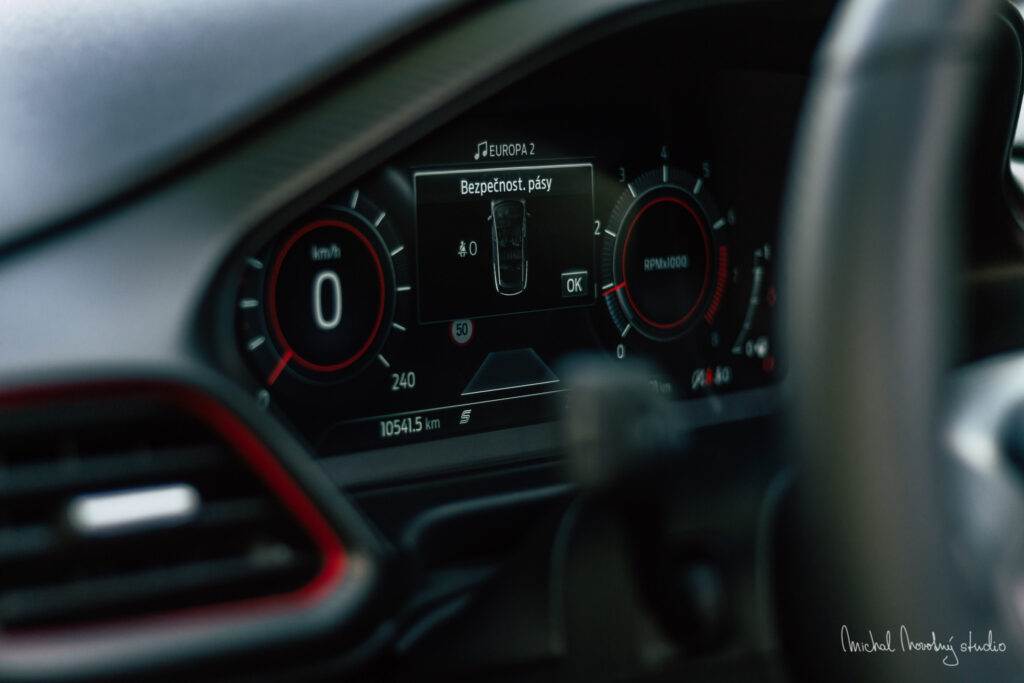
If you'd like another injection of electronically-enhanced steroids, simply summon them by clicking through to Sport mode. A little complicated – one button switches between five driving modes – Slippery Surface and Unpaved Road adjust powertrain and braking settings to improve traction in icy or muddy conditions. Eco optimizes economy and literally kills reactions to stepping on the gas pedal. And finally, in Sport mode, the 12.3-inch digital dashboard screen lights up red! The animations also deserve a Sport mode, because they don't do very well, so when you switch, you experience the nineties and chop, chop, chop. Hopefully this can be improved with some software replay.
What is Puma like inside?
It's a bit more "chic" than the Fiesta, but we're not completely crazy about it. There's some faux carbon trim and trim that wraps around the digital displays and vents, a trace of the ST-Line trim's red stitching, and pretty decent seats with good lateral guidance. But otherwise, it's a painfully sober and boring place, which is sometimes betrayed by some hollow and creaky plastics. For example, a door handle…
In terms of space, the Puma can't compete with a small Fiesta, and the slightly stretched wheelbase only gives a little more space in the back. However, not much, so two children will be fine, but if you want to take the third one from the neighbors on a trip, it will have to be very modest. And that six-year-old boys can already express their opinion. But they will be able to play with the second roller blind in the back part of the glass roof, for which Puma will earn praise from all the youth crowding in the back. However, it is of course the second car in the family, so it should be taken with a grain of salt. After all, there are MPVs for family trips… for now.
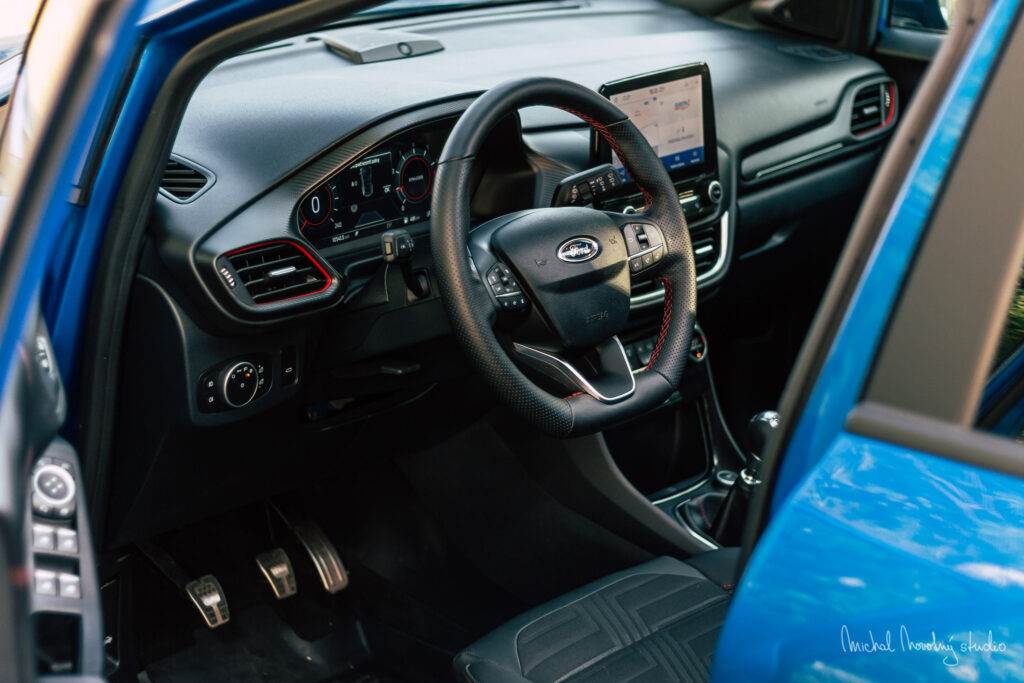
Even the basic equipment has good standard safety equipment: the Puma brakes automatically if it predicts a collision with a car, cyclist or pedestrian (or as a result of an accident) and if you drift out of the lane, a warning signal and an alert will sound. The basis is 17″ wheels and 8″ for the central touch screen, on which you can run Apple CarPlay and Android Auto. In the higher equipment, we can already find heated seats, luxurious Bang&Olufsen speakers (which, by the way, play absolutely famously!), wireless smartphone charging and DRL in the headlights.
And finally !!! Megabox is also standard !!! Well, these exclamation marks are not standard, but express the delirium of the rectangular recess under the floor of the luggage compartment and the amazement with which everyone talks about it.
And it really is as good as those exclamation points. Finally, shopping doesn't fly around in your suitcase, you can finally take your wife's magnolia in a pot to your mother-in-law, you can finally throw away your muddy hiking shoes and not have to deal with plastic bags, and you can finally bring your neighbor a live carp from his fishing trip home… even with water from the small Danube.
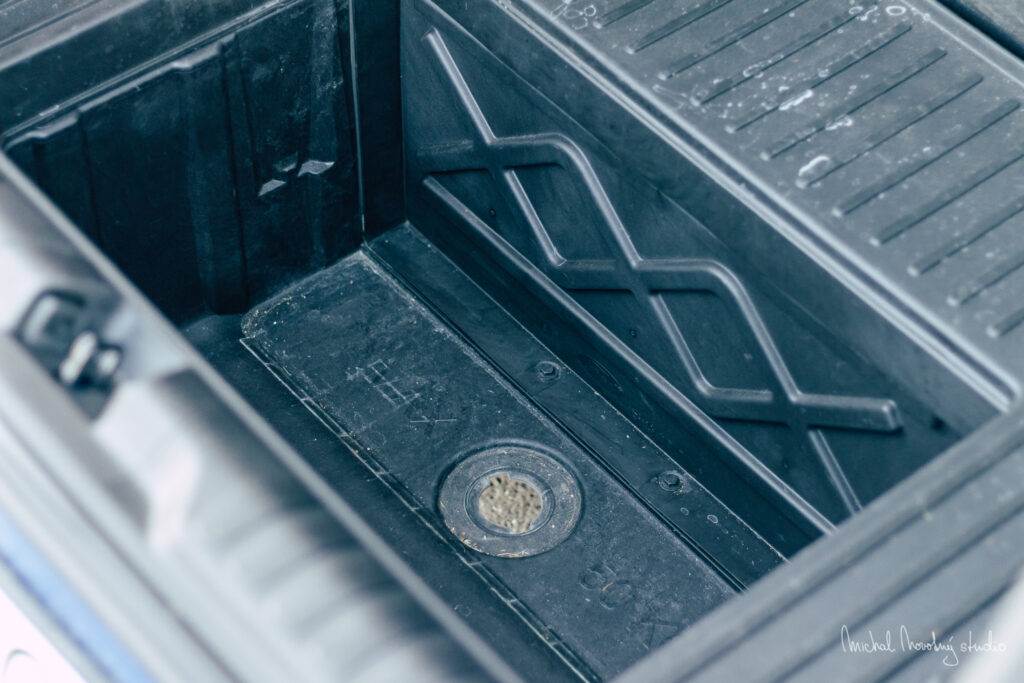
So what's the verdict?
Puma is a significant newcomer in an undifferentiated class and somewhat exceeds the usual standards. As a crossover, the Puma is more fun than the competition, extremely engaging and powered by a really interesting powertrain – if you go for the mild-hybrid version. So if you are willing to pay a little over 33,000 euro ducats for it in such equipment with extras. However, you can get a decent base in Titanium equipment for a decent 21 thousand, and there is already something to think about.
However, in our opinion, such a small SUV is somewhat the opposite of itself: either enjoy the excellent agility and frugality of a supermini, or upgrade straight to a larger SUV when you need real spaciousness and versatility. However, in its category, Puma is the real beast and everyone turns to it, so extroverts and young people will score a virtual plus one point out of ten…
| Technical specifications | Ford Puma ST-Line X mHEV |
| Engine type: | Spark plug |
| Cylinders / valves: | 3 / 12 |
| Displacement (ccm): | 999 |
| Highest power (kW(k) / rpm) | 114 (155) |
| The highest twist. torque (Nm / rpm): | 220 / 6000) |
| Gearbox: | 6-speed manual |
| Acceleration 0 – 100 km/h (s): | 9 |
| Combined consumption – WLTP (l/100 km): | 5.5–5.7 |
Photo by: Michal Novotný Studio
[rl_gallery id=”10070″]
You can find more photos in our > GALLERY <

